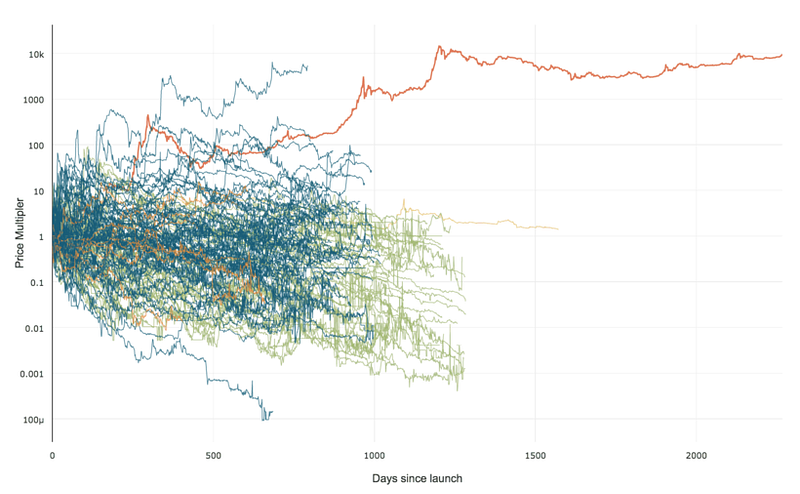People with smiling faces attest to winning $600 iPad or other prizes for prices such as $39.40 or $54.32, or other such steep discounts. Sounds good enough to get my attention, so I signed up and spent a few nights watching auctions. Have you tried a “penny auction site”? Let’s take a look at the finances with one of the sites, Quibids.com.
Be careful when you sign up; they don’t ask for your credit card number to put it on file. Instead you are immediately led to a web page purchasing $60 of bids. That’s right. Bids cost sixty cents each. I guess that’s okay. If you know what you’re getting into and understand the auctions. They are penny auctions. Each bid has to be for one penny more. Okay.. so think through this…
If an iPad sells for $41.23 on the auction, stop thinking of it that way. Instead, a much more lucid way is to realize the item has sold for 4,123 bids. How much money is that? That’s 4,123 x $0.60, or $2,473.80 that QuiBids collected for the $599 iPad. That’s a 4 thousand percent mark-up! Such obscene profits already makes me queasy and perterbed.
Considering only the cost of bidding, one person didn’t pay for all of the $2,473.80 price behind the scenes. Maybe there were 5-10 bidders, on average, so they each paid maybe $247 – $495 dollars in order to bid. Only one got the prize. Do you see why quoting the cost as the auction price of $41.24 is so misleading, and why several government organizations have gone after penny auction sites as gambling? Penny auctions sites have avoided the gambling label by offering you any item you bid on, bud didn’t win, for the advertised list price minus the cost of the auctions you spent.
If one person were bidding on the auction, there’s no way they would enter more than 983 bids, because if they did, the total prices of (bids+price) would exceed the $600 list value. However, there are multiple people bidding on the auction. At the far other end of the extreme, if there were 1000 different people, each willing to throw in one bid, then you’d have a 1:1 raffle. The 1001 person would be un-interested because statistically the chance of winning no longer outweighs the price of the ticket (one bid).
However, what quibids taps into is that the identity of the bidders change during an auction. At first it may be one block of 20 people. Some get bored (auctions take many hours of watching a 10-second count-down clock over and over and over) and some start feeling the cost of their bids add up. In any case, some leave. However, a new block of 10 bidders can easily replace them because each of the 10 new bidders has invested nothing yet! And so it goes, as bidders tire or expire, and new bidders come in. This can go on forever.. except at the limit, if someone new comes into the auction and sees the auction price $0.60 below list price, maybe they will toss in 1 bid. After that, nobody. So the limit of the auction price (for our iPad example), is $599 or 5,990 bids.
5,990 bids would give QuiBids an income of $599 + 5990 * (0.60), or … $4193.00 for an iPad.
If you really want to play this game, you need to figure out when everybody else will get bored or start feeling poor or tired. 3-4 am end time for an auction is good. After timing many auctions, I find it takes about 3.5 seconds per bid on average to close an auction. For a $80 final price, that would be about 7 hours 47 minutes, so plan to spend from about 9:45 pm until 3:30 am to win the auction. Don’t bid until everybody else is worn out or has spent so much they want to quit. Then, within the last 10 seconds, enter your one bid! You’ll win the item for a really good price, plus a 60 cent bid.
Good Luck.
If you really do enjoy this type of activity, I have a much better suggestion for you. Go over to OptionsHouse.com, and sign up for a virtual stock brokerage account. They will give you $5000 of play money and you can bet on all the stock options (priced with real market numbers) until your heart is content. They will even give you more free money if you run out. Hone your skills, then send them a check with real money and become rich and famous as a stock trader. Then there’s SimCity and other virtual worlds, where virtual animals and food cost real money. Real stocks with fake money. Fake stocks with real money. I’m confused…

 99% of ICOs Will Fail
99% of ICOs Will Fail The 10,000 year view of cryptocurrency
The 10,000 year view of cryptocurrency